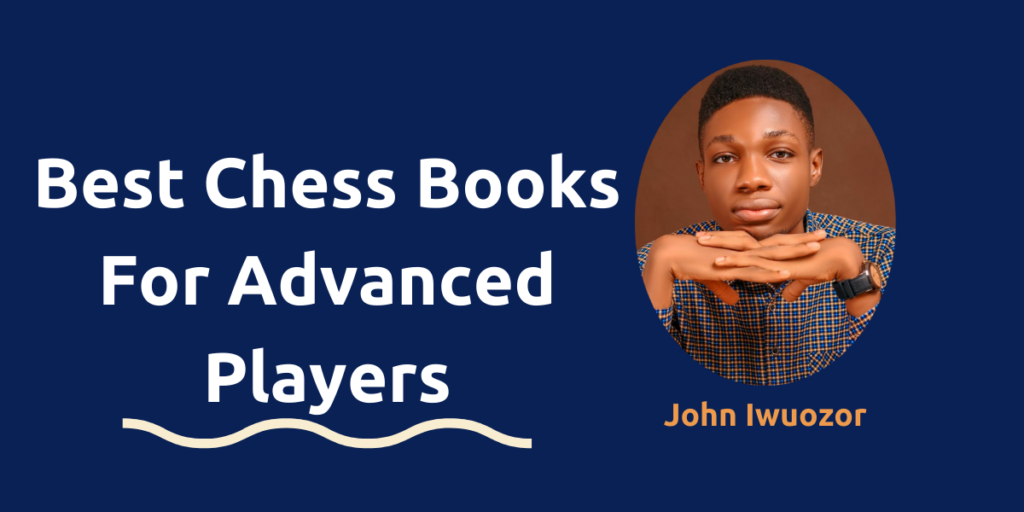Reading through chess books is one of the most invaluable sources of knowledge for advanced chess players.
In addition, being close to the top of chess mastery, advanced players need lots of theoretical knowledge to improve and achieve master-level playing strength.
Therefore, selecting chess books is very difficult for this level of player. There is the need to choose books that will improve their chess understanding instead of wasting their time on books below their level.
I have painstakingly collated the top books commonly recommended for this rating range based on my reading experience as an advanced player and from recommendations.
So, here are the best chess books advanced players can buy.
Dvoretsky’s Endgame Manual (Best book for endgame knowledge)
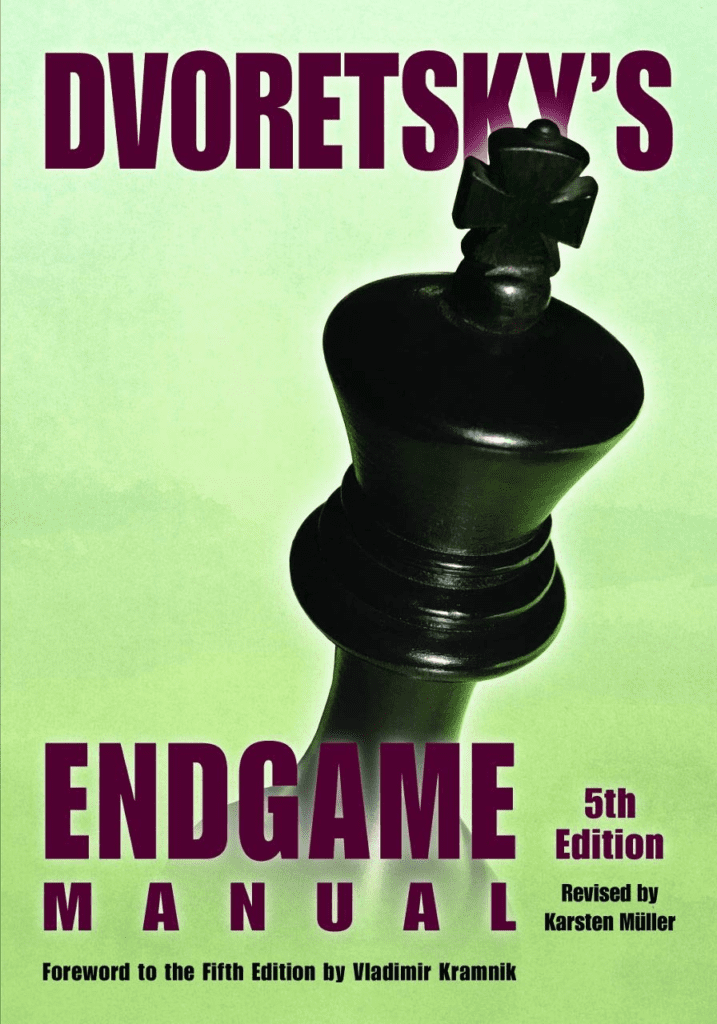
The decision to include Dvoretsky’s book on this list was easy. It is a book every top player has gone through at one point.
Even Kramnik, a world champion found it valuable enough to write the foreword for the fourth edition.
Mark Dvoretsky has trained several elite players and world champions, including Viswanathan Anand and Garry Kasparov. It is only natural that his book became the reference material for endgames.
It has everything from basic endgame techniques to advanced ones.
Advanced-level players will find Dvoretsky’s manual crucial since endgame play distinguishes the masters from the average players.
The book covers everything from basic endgame ideas to technical theoretical endgames, e.g., Rook vs. Knight endgames.
Pros:
- Comprehensive endgame knowledge
- There are lots of illustrative positions, making it easy to read.
- It is a book on endgames.
Cons:
- It might be hard to understand on the first read.
Check out our full review of Dvoretsky’s Endgame Manual 5th Edition By Mark Dvoretsky
My Great Predecessors by Garry Kasparov (for middlegame and strategic understanding)

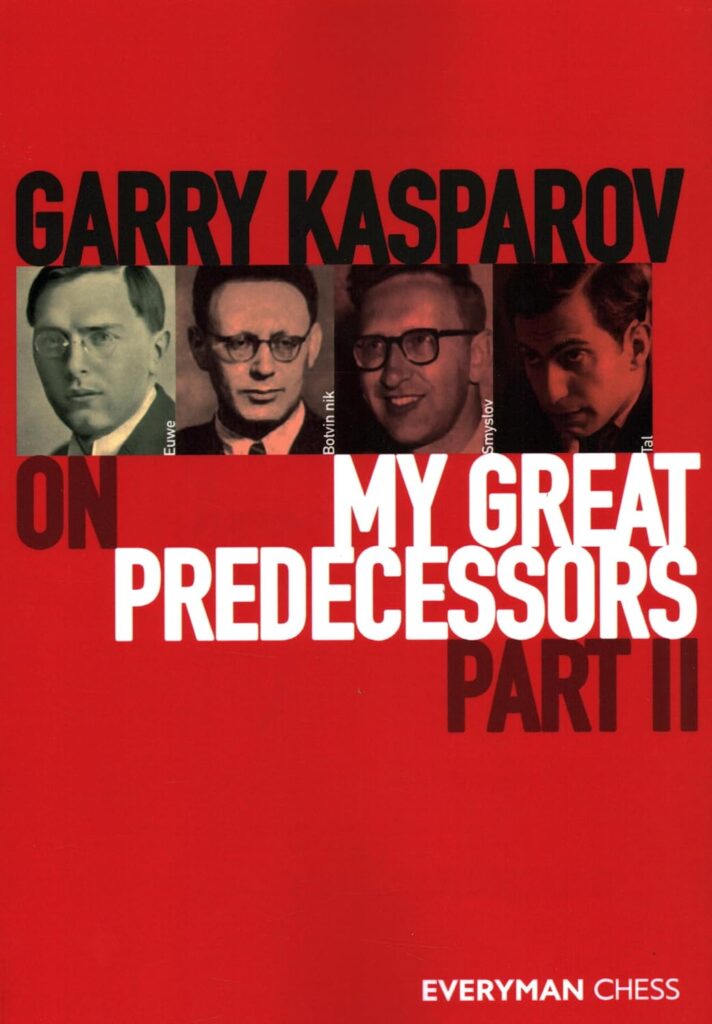

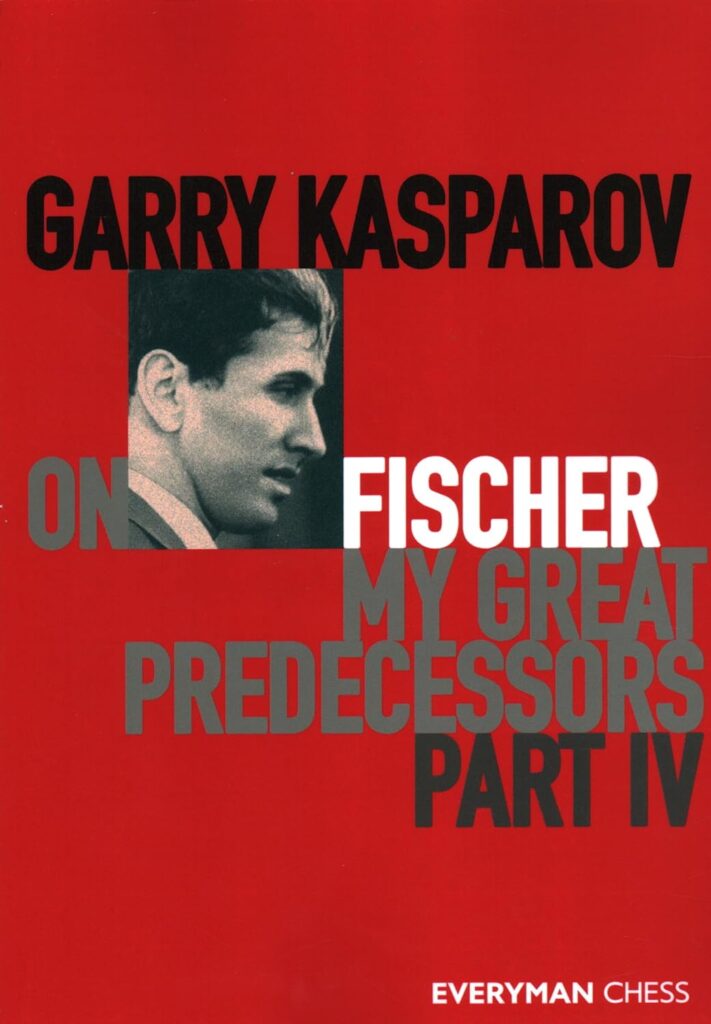

For advanced players, It is necessary to develop every aspect of chess knowledge. So, I have featured Garry Kasparov’s Great Predecessors book because of its immense value in the five volumes of the series.
My Great Predecessors is a strategy book featuring games annotated by Garry Kasparov. It has plenty of historical knowledge and value, so it doesn’t get boring.
There are five volumes in the series, and all volumes are of high value for advanced players looking to study master’s games.
The first volume takes the reader through the games of the first sets of World Champions, i.e., Steinitz, Wilhelm, Emmanuel, Jose Raul, and Alexander, with a chapter dedicated to each.
For anyone looking to learn from one of the greatest chess players, ‘The Great Predecessors’ series is one you should check out.
Pros:
- A lot of historical knowledge
- It has Grandmaster’s annotations to help readers understand the decision-making behind moves.
- Fun to read
Cons:
- The games featured are analysed and annotated more thoroughly in other chess books.
Secrets of Modern Chess Strategy by John Watson (for middlegame and strategic understanding)

This book is one of my favourites because, from the get-go, it is clear what it teaches: modern chess instead of classical chess.
The author also stated that the classical approach to chess isn’t sufficient for top-level play- that is more true with neural engines. John Watson’s book was ahead of its time.
Apart from that, it is clear and well-written; the ideas are structured logically. One can tell that the author is a natural teacher.
Make no mistake, though; Watson’s book is not a primer for strategic knowledge. So, this is exclusively for advanced players interested in shaking up how they evaluate positions. It covers everything from the opening, defence, middle game, etc.
Pros:
- Very clear and easy to read.
- Introduce new concepts in modern play.
Cons:
- Not a primer for positional play.
Tactics for Advanced Players by Yuri Averbakh (for tactical skill improvements)

A lot of players underestimate the value of tactical improvements and alertness in their games.
Master players are more tactical than the average players, and Tactics for Advanced Players is a leading book for tactical improvement.
It covers all the key tactical themes at an advanced level. Divided into two parts, the double attack and the combinations, tactical motifs are touched on under these two parts. Some sample games are also shown in the book.
Aside from the knowledge the reader gains from the book, exercises are available for practice.
The only nitpick is how busy the pages can be, as the book could have been better structured.
Pros:
- Lots of exercises.
- Solutions are clear and well-annotated.
- Concepts are discussed well.
Cons:
- This is not a primer for tactical knowledge.
- Pages feel busy.
Attacking Manual by Jacob Aagaard (for middlegame and strategic understanding)

Superb is the only word I can think of that describes the Aagaard book. Although a bit harder to get through, it teaches everything about setting up ideas and executing one in a chess game.
Perhaps, is the book so packed because it was written by a grandmaster?
The approach Aagaard used in his book is unconventional, as he has chapters like Chewing on Granite, Size Matters, etc. Interesting, right?
Also, at the beginning of each chapter, Aagaard gives a position to study on which the entire chapter is on.
Overall, for advanced players seeking to improve their attack skills, check this book.
Pros:
- Exercise-based learning approach.
- Solutions are clear and well-annotated.
Cons:
- This is not a primer for tactical knowledge.
- Some ideas might be tricky to understand in the first read.
Life and games of Mikhail Tal by Mikhail Tal (for general chess understanding)
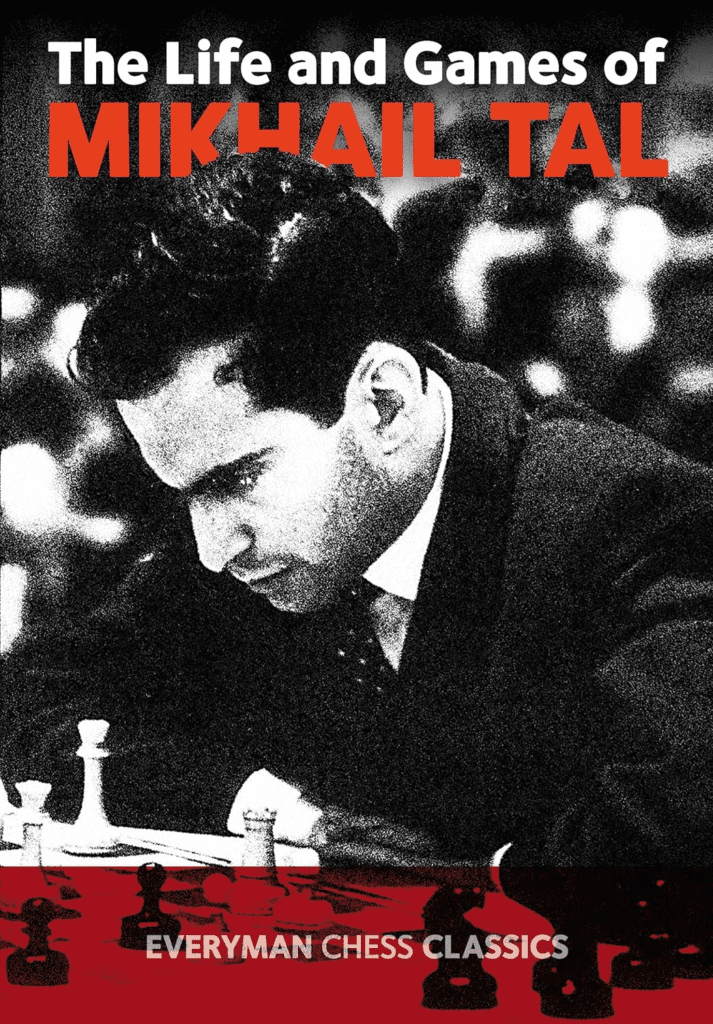
This is one of the best autobiographical chess books available. Mikhail Tal is a brilliant writer, and on reading his book, I discovered he was a literature graduate; his education shows in how well-written his book was. It was unlike all the autobiographies I was used to reading.
As a reader, you get to learn from Tal, and if you are familiar with any of Tal’s games, you can expect a thrilling experience.
My favourite statement from the book is how Tal describes someone who just learned chess. He said, “When one of us first plays chess, he is like a man who has already caught a dose of microbes of, say, Hong Kong ‘flu”.
Did I forget to mention that he wrote the book in an interview format where he was both a journalist and a chess player? Brilliant!
The game annotations are the crème de la crème of the autobiography. What is better than getting Tal’s thoughts on brilliantly played games?
I have nothing against this book; I might just have a soft spot for Tal.
Pros:
- Provide insights into the mind of a world champion and his thinking during each game.
- The games featured are tactical and brilliant.
Cons:
- It does not cover Tal’s later life.
Positional Chess Handbook by Israel Gelfer (for middlegame and strategic understanding)

Positional Chess Handbook is a strategy book, and it is one of the most comprehensive there is.
Featuring 495 instructive positions, it also covers topics like pawn structures, exchange sacrifices, positional imbalances, good knight vs. bad bishop, and others.
The book is meant to be a one-stop resource for positional understanding that is practical and comes up often.
The emphasis is on understanding the ideas, and the annotations and analyses featured in the game are also very accurate.
The only gripe I have is that the text feels a bit off sometimes, possibly because of translation into English from the original language it was.
Overall, this is a great resource for any advanced player looking to improve their positional play.
Pros:
- It covers a wide variety of positions.
- The book is easy to read through, even for reference.
Cons:
- It is not a primer for positional understanding.
Notable Mention
- How to Reassess Your Chess, by Jeremy Silman.
- Dynamic Chess Strategy by Mihai Suba.
Final Words
In summary, these carefully selected chess books, ranging from endgame mastery to historical insights and tactical brilliance, offer advanced players in the 1800–2200 rating range a comprehensive resource for chess improvement.
By immersing themselves in these books and translating their knowledge into practical play, these players can elevate their chess proficiency and aspire to even greater heights on the board.
